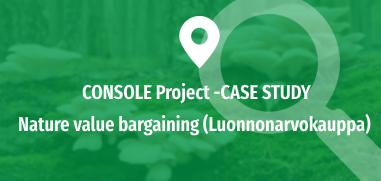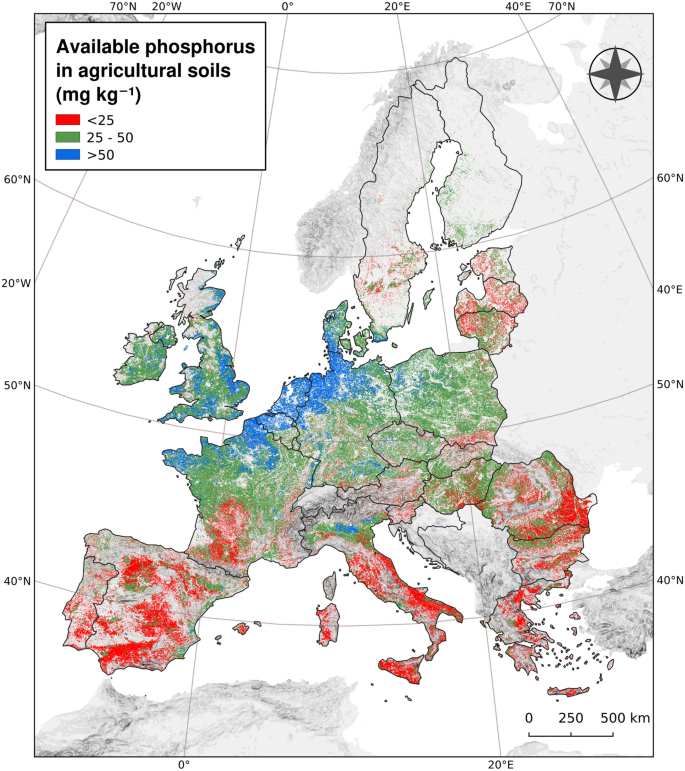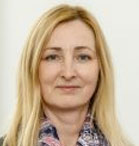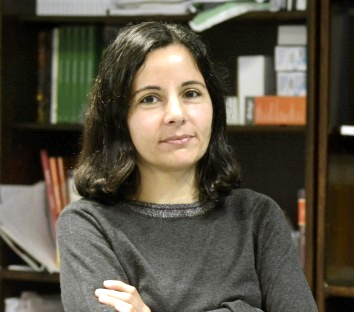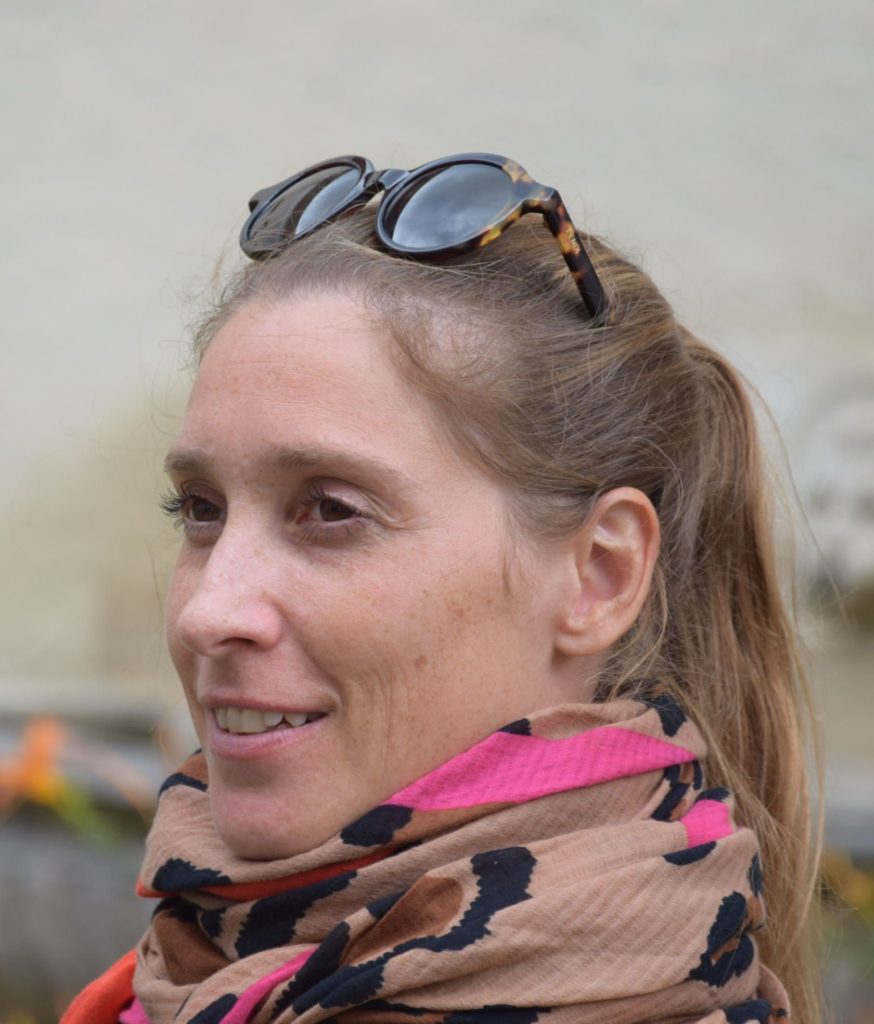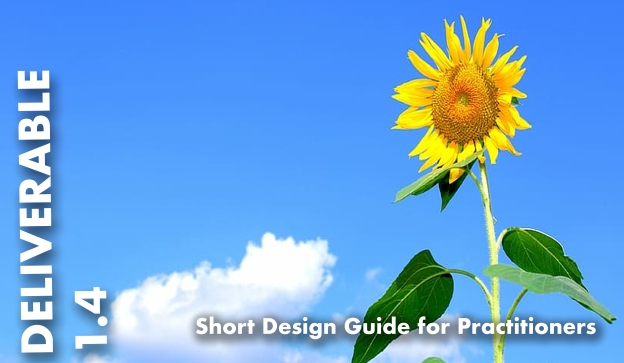Recently, we have added a prominent space to the CONSOLE project website so that the Deliverables can be more easily consulted.
Among them, we have uploaded the Deliverable called “Draft framework” which aims to inform about the draft for the provision of AECPG, and where the first solutions are included.
UNIBO is going to show examples of experiences and practices and successful; as well as improved solutions for contractual relationships; and that – in turn – allows managers of agricultural spaces:
- Choosing between possible new contract solutions as alternatives or combinations with the currently dominant practice/action based approaches;
- Design contractual solutions from the preparatory phase to the conclusion of the contract and measure the implementation;
- Consider adding custom recipes.
How has it been done?
A careful analysis of each case study has been carried out, the approaches that coincide with the characteristics of the objective contract have been identified in the conceptual framework of the CONSOLE project. All of this makes it possible to identify initiatives that can help overcome obstacles to the implementation of certain types of innovative contracts.
Subsequently, four main categories were identified, each case study had 4 main points: description of the case study, data/facts of the contract, background information and reasons for success, as shown below (Table 1)
| MS | ID | Title | RB/ RO | CO/ COP | VC | LT |
|---|---|---|---|---|---|---|
| AT | AT2 | Biodiversity?monitoring?with?farmers | X | |||
| AT | AT3 | Result‐based Nature Conservation Plan | X | |||
| AT | AT4 | The Humus Program of the koregio Kaindorf (Carbon market) | X | |||
| FI | FI6 | Nature value bargaining (Luonnonarvokauppa) | X | |||
| FR | FR4 | ECO‐METHANE – Rewarding dairy farmers for low GHG emissions in France | X | |||
| IRL | IRL2 | RBAPS ‐ The Results‐based Agri‐Environment Payment Scheme (RBAPS) Pilot in Ireland | X | |||
| IT | IT5 | Farmers as Custodian of a Territory | X | |||
| LV | LV3 | Bauska Nature Park tidy up of territory | X | |||
| NL | NL3 | Biodiversity monitor for dairy farming | X | X | X | |
| NL | NL4 | Biodiversity monitor for ARABLE farming | X | X | X | |
| FR | FR2 | Terres de Sources ‐ Public food order in Brittany, France | X | X | ||
| DE | DE2 | Organic farming for biodiversity | X | X | ||
| BE | BE1 | Participation of private landowners to the ecological restoration of the Pond area Midden‐Limburg/ the 3watEr project | X | X | ||
| BE | BE3 | Wildlife Estates Label in Flanders | X | X | ||
| BE | BE4 | Flemish nature management plan | X | X | ||
| DE | DE1 | Viticulture on steep slopes creates diversity in the Moselle valley | X | X | ||
| DE | DE4 | Agro-ecological transition pathways in arable farming | X | X | ||
| FR | FR5 | HAMSTER – Collective AECM to restore habitats of the European Hamster in Alsace (France) | X | X | ||
| IRL | IRL1 | BurrenLife Project | X | X | ||
| IRL | IRL3 | BRIDE ‐ Biodiversity Regeneration in a Dairying Environment | X | X | ||
| FI | FI2 | Protected areas of private forests as tourism destination | X | X | X | |
| BE | BE2 | FLANDERS– Flemish Forest Group | X | |||
| DE | DE6 | Forest conversion from coniFerous to deciduous stands – an eco‐account case | X | |||
| IT | IT1 | Incentives for collective reservoirs | X | |||
| IT | IT2 | Cooperation in Natura 2000 area benefiting biodiversity | X | |||
| IT | IT6 | Integrated?territorial?projects | X | |||
| UK | UK1 | Delivering multiple environmental benefits in the South Pennines | X | |||
| UK | UK2 | Using natural flood management to achieve multiple environmental benefits?in?Wharfedale | X | |||
| UK | UK3 | Building natural flood management knowledge and capacity in Wensleydale | X | |||
| UK | UK4 | Natural Flood Management in the River Swale catchment in Yorkshire | X | |||
| UK | UK5 | Environmental improvement?across a whole catchment: Esk Valley | X | |||
| NL | NL1 | Kromme Rijn Collective management | X | |||
| LV | LV1 | NUTRINFLOW | X | |||
| LV | LV4 | Forest Management | X | |||
| PL | PL1 | Natural grazing in Podkarpackie Region | X | X | ||
| PL | PL2 | Program “Sheep Plus” | X | X | ||
| FI | FI1 | Forest Bank – a forest conservation program in Indiana and Virginia, US | X | X | ||
| FI | FI5 | Green jointly owned forest ‐ TUOHI | X | X | X | |
| NL | NL2 | Green Deal Dutch Soy | X | X | ||
| AT | AT1 | ALMO – alpine oxen meat from Austria | X | |||
| BG | BG2 | Organic honey from Stara Planina mountain sites | X | |||
| BG | BG3 | "The Wild Farm" organic farmers | X | |||
| FR | FR3 | Esprit Parc National ‐ Food and services in the national park of Guadeloupe | X | |||
| PL | PL3 | Program “Flowering meadows” | X | |||
| PL | PL4 | Bio‐Babalscy – Organic Pasta Chain Preserving Old Varieties of Cereals | X | |||
| DE | DE5 | Water protection bread (Wasserschutzbrot) | X | |||
| IT | IT4 | “Carta del Mulino” – Barilla | X | |||
| ES | ES1 | Cooperative rice production in coastal wetlands in Southern Spain | X | |||
| ES | ES2 | Organic wine in Rueda, Spain (Rueda) | X | |||
| ES | ES4 | Integrated production in the olive groves | X | |||
| FI | FI3 | Carbon Market (Hiilipörssi) – a marketplace for the restoration of ditched peatlands | X | X | ||
| BG | BG1 | Conservation of grasslands and meadows of high natural value through support?for?local?livelihoods | X | |||
| BG | BG4 | Conservation and restoration of grasslands in Strandzha and Sakra mountains?for?restoring?local?biodiversity?and?endangered?bird?species | X | |||
| DE | DE3 | Collaboration for sustainability between institutional landowners and tenant farmers | X | |||
| FI | FI4 | Pasture bank ‐ a platform for pasture leasing | X | |||
| FR | FR1 | Eco‐grazing ‐ Grazing for ecological grasslands maintenance in the green areas of Brest Metropole | X | |||
| IT | IT3 | Rewilding of detention basin in Massa Lombarda | X | |||
| LV | LV2 | DVIETE LIFE | X | |||
| *Contract types: RB/RO: Result‐based/result‐oriented contracts; CO/COP: Collective implementation/cooperation; VC: Value chain‐based contracts; LT: Land tenure‐based contracts |
||||||
Feasibility of new contractual solutions
Work Package 3 was focused on assessing the feasibility, including the acceptability and applicability of innovative contract solutions through surveys involving a wide range of farmers, landowners and other stakeholders.
The acceptability, preferences, technical constraints and economic perception, as well as the likely behavior (and its drivers) on the part of farmers, forest owners and other actors potentially involved in innovative AECPG contracts are being investigated through a collection of secondary data and through aligned/coordinated surveys between the partner countries of the project. The results of these activities are being further evaluated, validated and synthesized through a series of local workshops. The preliminary results will be used as inputs in this document. The final analysis will help design the final framework.

Model Contracts
We call “Model Contracts” those combinations that can be considered for each type of contract based on the most frequent combinations:
Result-based (RB). Based on contracts that specify an outcome rather than the implementation of management measures (e.g., the delivery of a specific AECPG is the subject of the contract and serves as a reference parameter for payment);
Collectives (CO). Based on implementation and/or collective cooperation, farmers and/or public/private landowners voluntarily enter into a joint collective association to achieve a specific objective of the AECPG. That is, they cooperate with each other to achieve a certain objective;
Land Tenure (LT). That is, landowners (private or public) lease their land to farmers, foresters or third parties under certain conditions. These conditions serve to achieve some form of ecological or environmental improvement;
Value Chain (VC). Some contract solutions consider the production of AECPG in relation to the production of private goods. These solutions are motivated by the participation of the entire value chain and the environmental benefits provided by the supplying farms are often part of the marketing strategies of food companies/retailers. Farmers obtain monetary support through financing from market players. In such contracts, producers must meet certain environmental requirements. For example, reduced nitrogen use, higher animal welfare standards, preservation of biodiversity, organic farming.
Hybrid Contracts
The types of contracts do not have to be pure, but different contractual solutions can be combined (hybrids). They are useful tools to reduce risks for farmers, increase collaborative approaches, and provide a multitude of public goods.
Hybrids results-based and collective contracts were the most common form found in the CONSOLE project. For example, the BurrenLife Program (IRL1) is a hybrid case combining results-based and collective approaches, in which participating farmers are rewarded annually for their environmental performance individually and at the same time have access to a common fund to carry out self-appointed projects“conservation support actions” to help improve this performance over time.
Another interesting form of RB/CO hybrid is the joint and several liability contracts that present a collective acceptance of a payment for results. The innovative part lies in the measurement of the result that is carried out on a sample of collective farms (not in each farm) and therefore facilitates monitoring. Very interesting, that hybrid form also allows for economies of scale (a larger collective allows for lower monitoring costs).

Recommendations
We recommend that you consult the contract models and their characteristics by downloading the deliverable; but you can also check the characteristics of the payments and the duration of the contracts (benefits, disadvantages, examples, etc.), supervision and compliance, sanctions or conditions of participation.
But, in addition, in section 6 you can consult the “Design Guide” of decision trees for types of innovative contracts.

